#ukraine history
Text
This Yom HaShoah, I would like to shine a light on an issue that the neo-fascist Russian state has attempted to hijack and spin into a justification for war crimes and ethnic cleansing of the Ukrainian people: the Holocaust in Ukraine.
Ukraine lost 1.2 million Jews during the Holocaust, a casualty number second only to Poland. They would be some of the Holocaust’s first victims. Ukrainian towns which had prewar Jewish populations as high as 60% saw their Jewish populations decimated, with many of the survivors becoming Russified. Today, the majority of Ukrainian towns which were once called shtetls have no Jewish inhabitants.
«Бесголосся» (Wordless) is an 18-minute documentary by the Ukrainian NGO Після Тиші (After Silence), a historical and anthropological organization dedicated to breaking the taboos and silence around Nazi and Soviet violence in Ukraine. Through discussions with non-Jewish survivors of the Nazi occupation in the town of Turka (Турка) in Lviv Oblast, «Бесголосся» explores both Jewish heritage in Ukraine and non-Jewish Ukrainian memory of the Holocaust while challenging Russian fakes and antisemitism.
The film is in the Ukrainian language, with subtitles in Ukrainian and English. Click the links below to watch.
«Безголосся» - документальний фільм про Голокост на Львівщині
‘Wordless’ - A documentary about the Holocaust in the Lviv region
May the memories of all those lost during the Holocaust in Ukraine be a blessing.
#ukraine#yom hashoah#ukrainian history#ukraine jews#ukraine history#ukrainian jews#lviv region#tal.txt
200 notes
·
View notes
Text
Appeal of the Ukrainian National Committee calling for the fight for a united, independent Ukraine
June 22. 1941
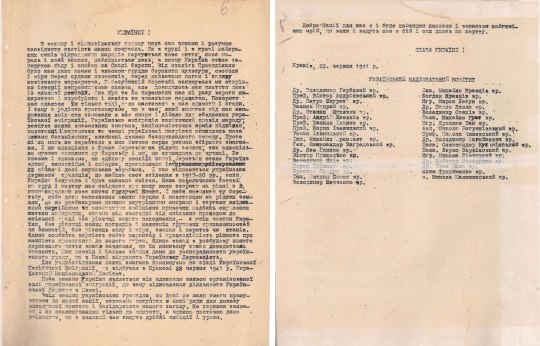
In this great and solemn hour, it is time for us to affirm the sanctity of our feelings through deeds and reason. As a new life, new morality, and new laws are forged in the toil and blood of the finest sons of rejuvenated nations, the day is drawing near when Ukraine will become the guarantor of order and peace in Eastern Europe. Throughout the centuries, it has been our providence to defend the cultures of freedom and faith with our swords and our own chests, against the hordes of nomads and the onslaughts of evil...
..........In our relentless struggle, we have been recording pages of history........
#history#ukraine#fight for freedom#war for independence#hundreds years of war with russia#russia our enemy#war in ukraine#pray for ukraine#war#freedom for ukraine#pray for ukrainians#ukrainians#old documents#old ukraine#20 century#archive documents#archive#documents#ukraine history#history of ukraine#russia genocide us#stop russia#independent ukraine#unite ukraine#figth for homeland
21 notes
·
View notes
Photo


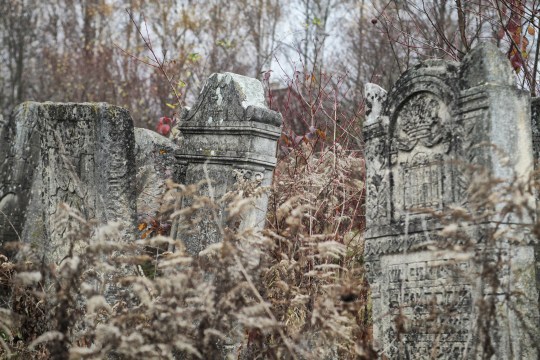





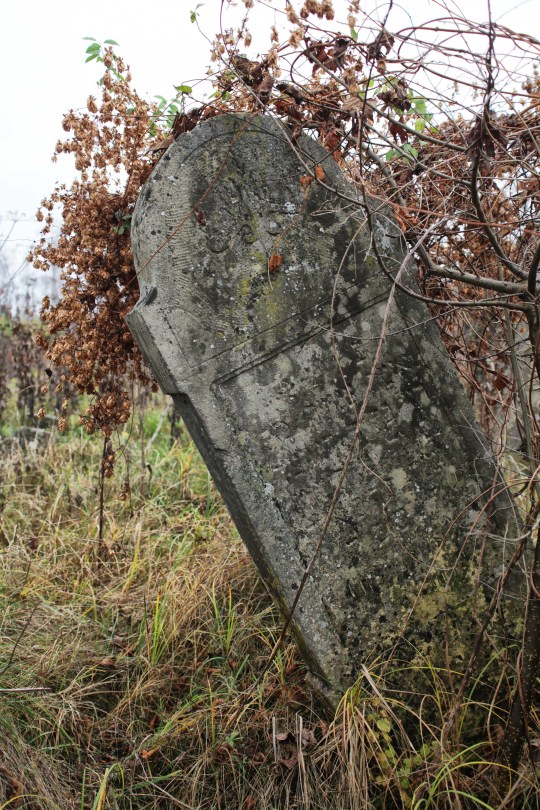

48 notes
·
View notes
Text
💥TIMELINE OF THE UKRAINE PROXY-WAR💥
Part-1



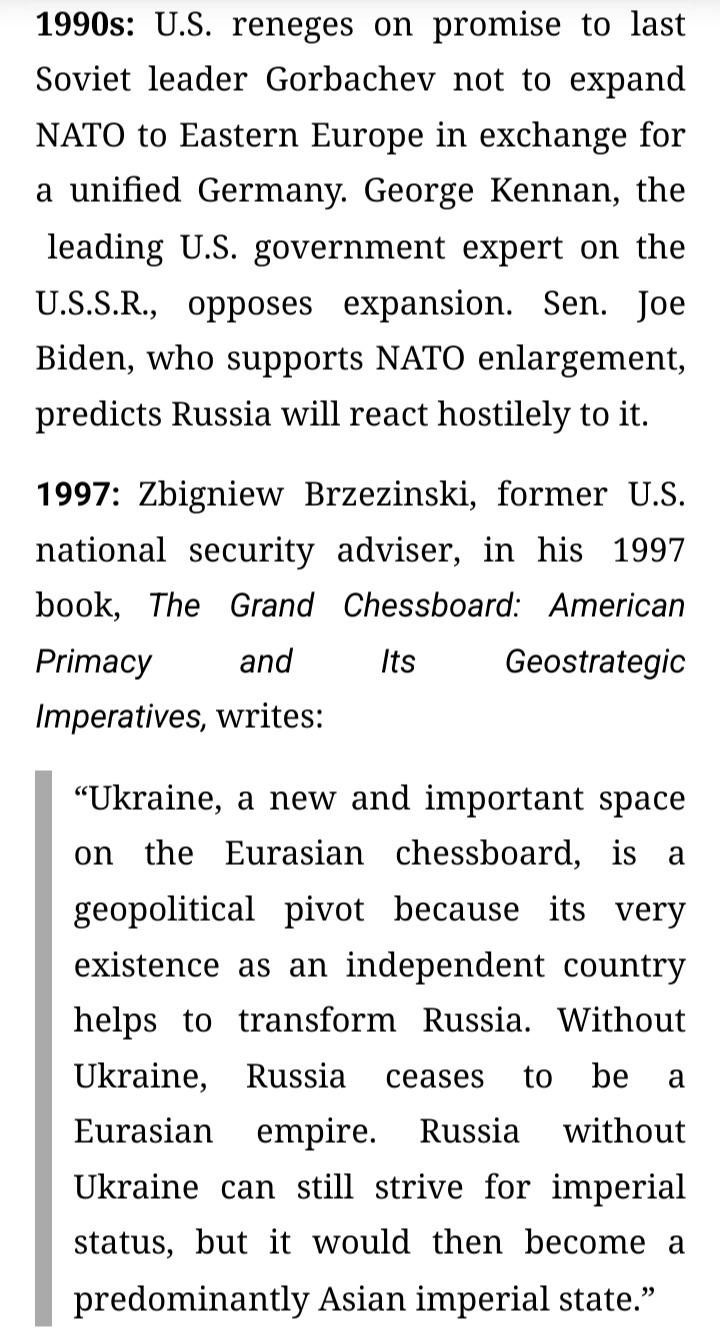
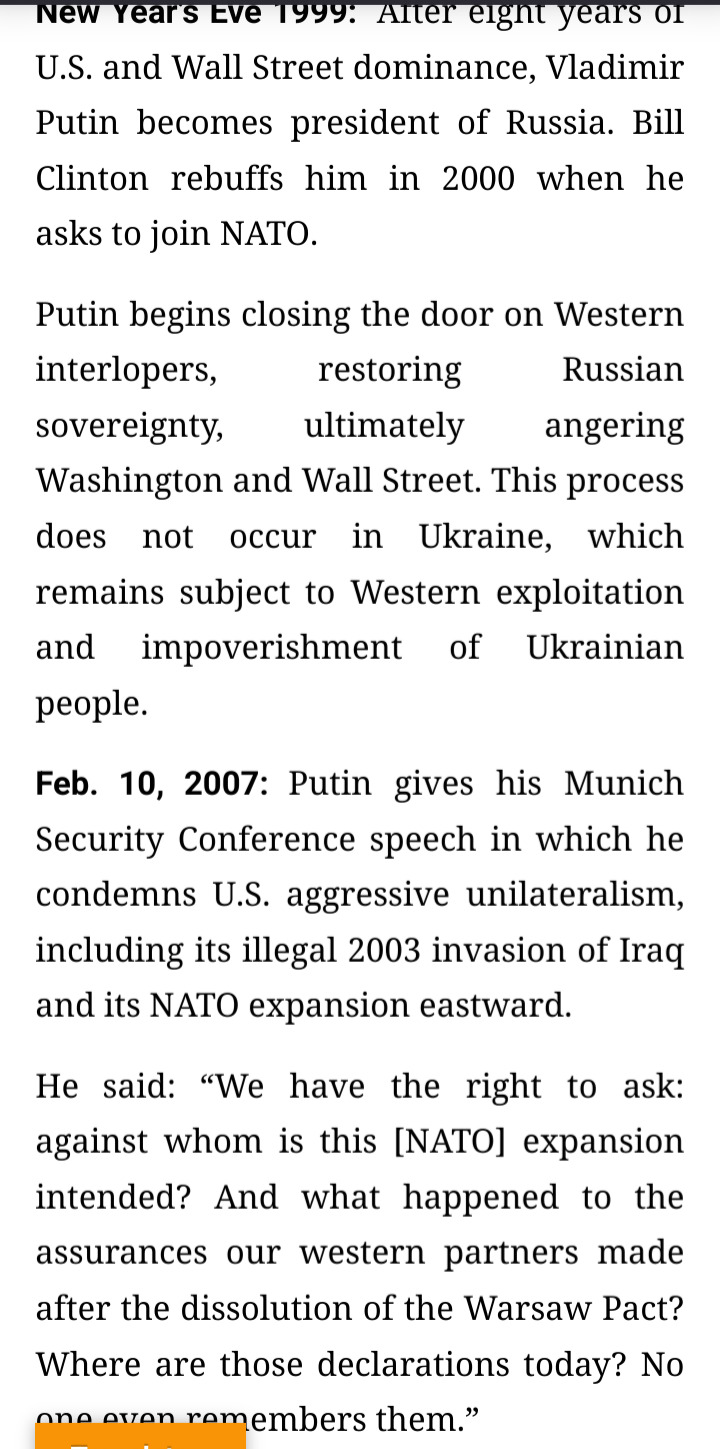





Link to Part-2
#timeline of ukraine war#ukraine proxy war#ukraine war#proxy war#us wars#ukraine#ukraine news#ukraine history#us imperialism#us hegemony#imperialism#socialism#communism#marxism leninism#socialist politics#socialist news#socialist worker#socialist#communist#marxism#marxist leninist#progressive politics#politics#ukraine war news#war news#russia smo#russian smo#russian news#neoliberalism#history
9 notes
·
View notes
Text
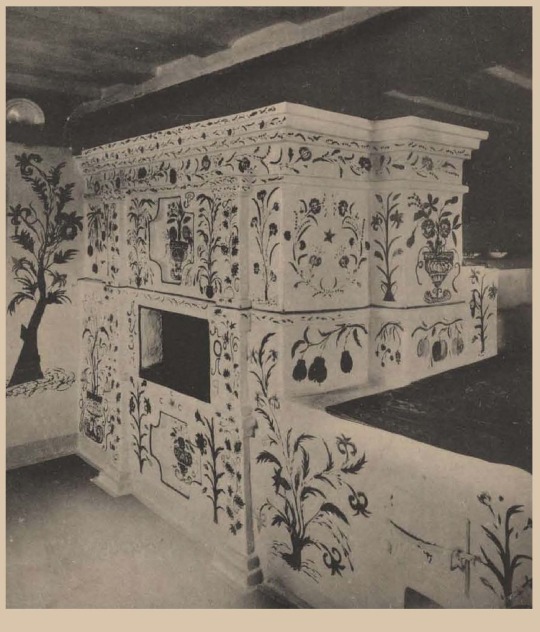
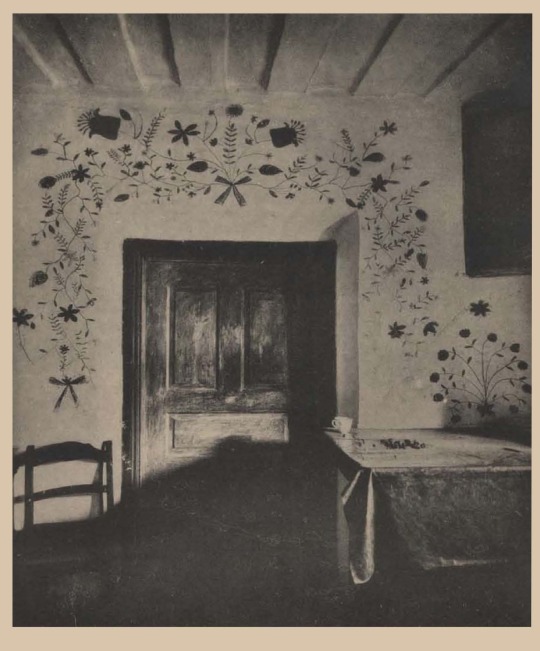

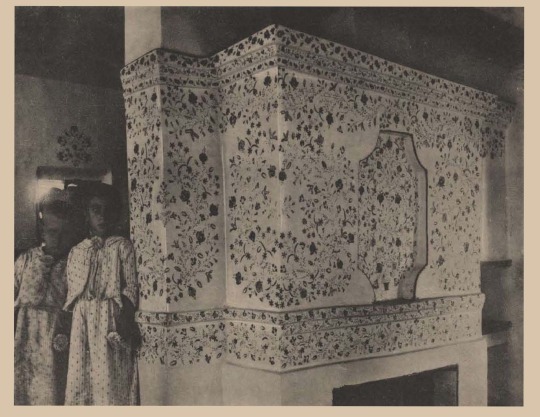




Петриківський розпис хати / Petrykivka painted house
1920
79 notes
·
View notes
Text
#5 History Shorts

Meet Lyudmila Pavlichenko, a soviet female sniper during WW2.
She was born in territory that is now modern day Ukraine, and mostly grew up Kyiv. In her fourth year of studying at Kyiv University the war got intense on the USSR’s side. She volunteered, enlisting into the Red Army.
Lyudmila was credited with 309 confirmed kills, although many argue whether that’s correct as they do most WW2 superhuman snipers.
She was a feminine symbol of military might, and a symbol of moral for her comrades in arms.
Lyudmila was one of 2000 female snipers of the Red Army. After the war only 500 of them survived.
Soldiers nicknamed her “Lady Death”, leading to her to be a propagandist for the Red Army
In battle she would be hit by a mortar shell, and injured. The military evacuated her via submarine to safety, where she recovered. She’d go onto to train future snipers for the Red Army.
She would suffer from depression, PTSD, and alcoholism after the war. She decided to become a research assistant for the Soviet Navy, and eventually a historian.
She’d live to be 58.
#ww2#1940s#sniper#supersoldier#supersoldiers#red army#history#ukrainian history#ussr#soviet union#lady death#women's history#ukraine history
15 notes
·
View notes
Text
Пам'ять що не згасне | A memory that will not fade
Today is the Day of Remembrance of the victims of Holodomor. On the fourth Saturday of November, Ukrainians honor the memory of the victims of the famine, which, among other things, was artificially created by the authorities of the Soviet Union on the territory of Ukraine in order to suppress Ukrainian resistance and destroy Ukrainian nation. In total, there were three famines in Ukraine - in 1921, 1932-33, and 1946. The Holodomor is recognized as the genocide of the Ukrainian nation.
In the evening, we light a candle as a symbol of memory. We will not forget the suffering and pain of these people. We remember them. And their story will not fade away as their lives did.
______________________________________________________________
Сьогодні День пам'яті жертв голодоморів. У четверту суботу листопада Українці вшановують память жертв голоду, який серед іншого був штучно створений владою радянського союзу на теренах України задля придушення українського опору на знищення української нації. Всього в Україні було три голодомори - 1921-го, 1932-33-го, 1946-го років. Голодомор визнано геноцидом українької нації.
Увечері ми запалюємо свічку, як символ памяті. Ми не забудемо страждання і біль цих людей. Ми памятаємо їх. І їх історія не згасне так як згасли їх життя.
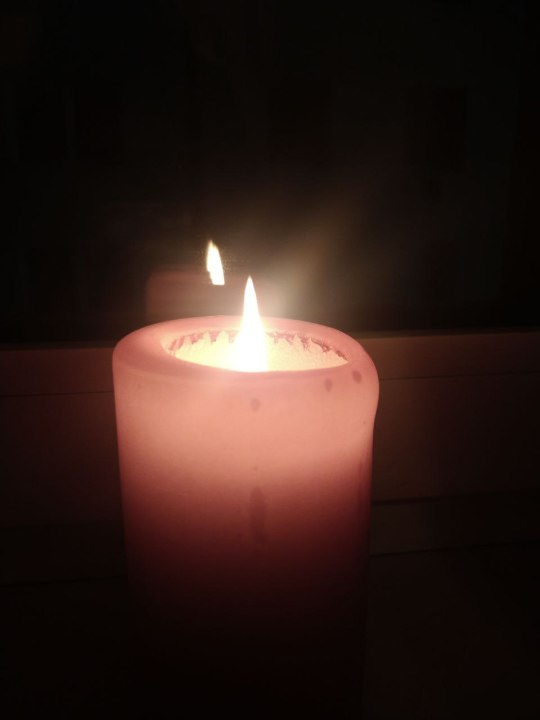
#укртумбочка#український tumblr#українцівтамблері#український пост#голодомор#Україна#Ukraine#holodomor#hunger#День пам'яті жертв голодоморів#ukrainian famine#Famine#world hunger#remembrance day#pray for ukraine#History#Ukraine history#Історія#Історія України
9 notes
·
View notes
Text
Pripyat, Ukraine
Ghost Towns 01
Population: 49,000 (1986) - 0 (2022)
Country: Ukraine
Years active: 1970-1986
After the Chernobyl disaster in 1986, the entire population of Pripyat was moved in two days to Slavutych, a city that was constructed to replace Pripyat. The radiation from the Chernobyl incident made the city inhabitable. Sometimes you can see animals there returning to the area, but are highly exposed to radiation.
It was a rapidly developing city with a population of around 40,000-50,000 at the time. The purpose of its foundation was to support the construction of the largest nuclear power plant known to Europe. The original plan was to build the power plant close to Kyiv, but it was decided against.
Much architecture in Pripyat still remains to this day, though withered and damaged. One of the most well-known Pripyat structures being the giant Ferris Wheel from Pripyat’s old amusement park.
You can see the city featured in some pop culture media, such as Transformers: Dark of the Moon, Call of Duty 4: Modern Warfare, and other well-known media or literature.

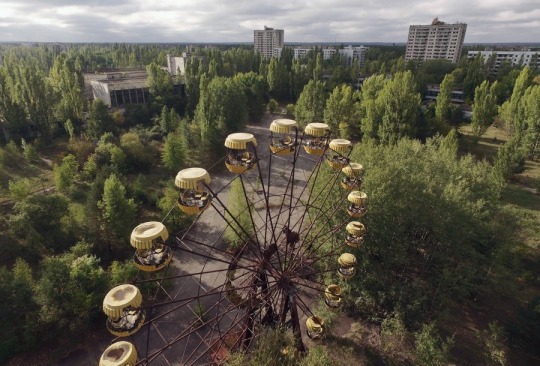


Sources:
4 notes
·
View notes
Text
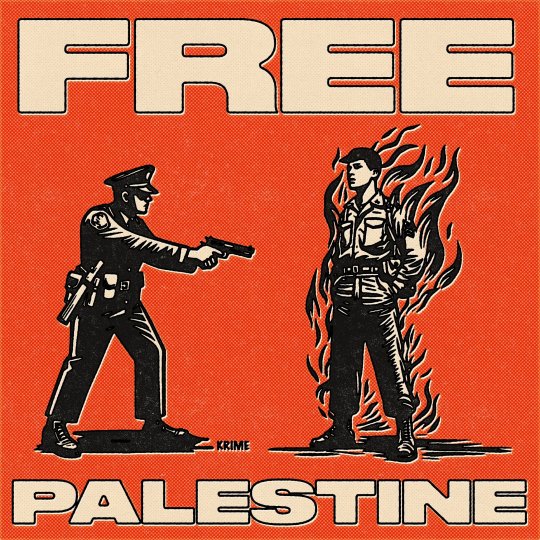
The last words of Aaron Bushnell before he set fire to himself outside the Israeli embassy in Washington - Free Palestine.
The original scene is true: capture photo from video shows #AaronBushnell sets fire while a policeman is pointing a gun at his burning body!! Cop went for gun instead of an extinguisher.
DrSonnet — #CNN #BBC #SKY #NYT,.... SPEAK UP. It's 2024, not... (tumblr.com)
“I will no longer be complicit in genocide. I’m about to engage in an extreme act of protest, but compared to what people have been experiencing in Palestine at the hands of their colonizers, it’s not extreme at all…Free Palestine.” -Aaron Bushnell
"This is what our ruling class has decided will be normal"
-Aaron Bushnell
Shortly before his final act in this world, Bushnell posted the following message on #Facebook: "Many of us like to ask ourselves, 'What would I do if I was alive during slavery? Or the Jim Crow South? Or apartheid? What would I do if my country was committing genocide?' "The answer is, you're doing it. Right now."
RIP Aaron Bushnell.. He decided to be a free man and not to be complicit in #GazaGenocide.. His last words were (Free #Palestine).
Photo credit: SOURCE: Krime Krime (@krime_1) / X (twitter.com)
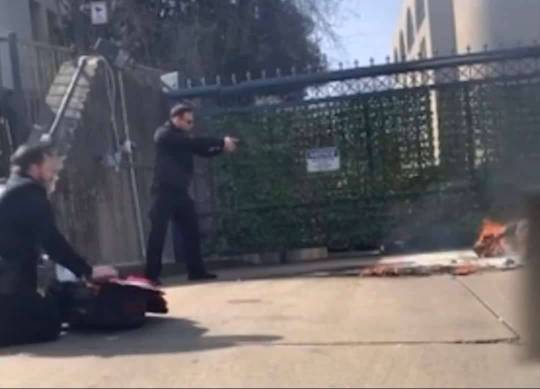
#RIPAaronBushnell #AaronBushnell
#Gaza #freePalestine #PalestineLivesMatter
#Gaza#cartton#free palestine#palestine#i stand with palestine#palestine genocide#artists#genocide#art tag#art history#art wip#israel apartheid#israel is an apartheid state#artists on tumblr#digital artist#war#vietnam war#war crimes#ukraine#eating disoder trigger warning#russia#ww3#nato#freedom#free gaza#Israel#art#artworks#aaron bushnell
10K notes
·
View notes
Text
I got a job at a Ukrainian museum.
On the first day someone asks me if I have any Ukrainian heritage. I say I had ancestors from Odesa, but they were Jewish, so they weren’t considered Ukrainian, and they wouldn’t have considered themselves Ukrainian. My job is every day I go through boxes of Ukrainian textiles and I write a physical description, take measurements, take photographs, and upload everything into the database. I look up “Jewish” in the database and there is no result.
Some objects have no context at all, some come with handwritten notes or related documents. I look at thick hand-spun, hand-woven linen heavy with embroidery. Embroidery they say can take a year or more. I think of someone dressed for a wedding in their best clothes they made with their own hands. Some shirts were donated with photographs of the original owners dressed in them, for a dance at the Ukrainian Labour Temple, in 1935. I handle the pieces carefully, looking at how they fit the men in the photos, and how they look almost a hundred years later packed in acid-free tissue. One of the men died a few years later, in the war. He was younger than I am now. The military archive has more photographs of him with his mother, his father, his fiancé. I take care in writing the catalogue entry, breathing in the history, getting tearful.
I imagine people dressed in their best shirts at Easter, going around town in their best shirts burning the houses of Jews, in their best shirts, killing Jews. A shirt with dense embroidery all over the sleeves and chest has a note that says it is from Husiatyn. I look it up and find that it was largely a Jewish town, and Ukrainians lived in the outskirts. There is a fortress synagogue from the Renaissance period, now abandoned.
When my partner Aaron visits I take him to an event at the museum where a man shows his collection of over fifty musical instruments from Ukraine, and he plays each one. Children are seated on the floor at the front. We’re standing in a corner, the room full of Ukrainians, very aware that we look like Jews, but not sure if anyone recognizes what that looks like anymore. Aaron gets emotional over a song played on the bandura.
A note with a dress says it came from the Buchach region. I find a story of Jewish life in Buchach in the early twentieth century, preparing to flee as the Nazis take over. I cry over this.
I’m cataloguing a set of commemorative ribbons that were placed on the grave of a Ukrainian Nationalist leader, Yevhen Konovalets, after he was assassinated. The ribbons were collected and stored by another Nationalist, Andriy Melnyk, who took over leadership after Konovalets’ death. The ribbons are painted or embroidered with messages honouring the dead politician. I start to recognize the word for “leader”, the Cyrillic letters which make up the name of the colonel, the letters “OYH” which stand for Organization of Ukrainian Nationalists (OUN in English). The OUN played a big part in the Lviv pogroms in 1941, I learn. The Wikipedia article has a black and white image of a woman in her underwear, running in terror from a man and a young boy carrying a stick of wood. The woman’s face is dark, her nose may be bleeding. Her underwear is torn, her breast exposed. I��m measuring, photographing, recording the stains and loose threads in the banners that honour men who would have done this to me.
Every day I can’t stop looking at my phone, looking up the news from Gaza, tapping through Instagram stories that show what the news won’t. Half my family won’t talk to the other half, after I share an article by a scholar of Holocaust and genocide studies, who says Israel is committing a genocide. My dad makes a comment that compares Gaza to the Warsaw Ghetto. This gets him in trouble. My aunt says I must have learned this antisemitism at university, but there is no excuse for my dad.
This morning I see images from Israeli attacks in the West Bank, where they are not at war. There are naked bodies on the dusty ground. I’m not sure if they are alive. This is what I think of when I see the image from the Lviv pogrom. If what it means for Jews to be safe from oppression is to become the oppressor, I don’t want safety. I don’t want to speak about Jews as if we are one People, because I have so little in common with those in green uniforms and tanks. I am called a self-hating Jew but I think I am a self-reflecting Jew.
I don’t know how to articulate how it feels to be handling objects which remind me of Jewish traumas I inherited only from history classes and books. Textiles hold evidence of the bodies that made them and used them. I measure the waist of a skirt and notice that it is the same as my waist size. I think of clothing and textiles that were looted from Jewish homes during pogroms. I think of clothing and textiles that were looted from Palestinian homes during the ongoing Nakba. Clothes hold the shape of the body that once dressed in them. Sometimes there are tears, mends, stains. I am rummaging through personal belongings in my nitrile gloves.
I am hands-on learning about the violence caused by Ukrainian Nationalism while more than nine thousand Palestinians have been killed by the State of Israel in three weeks, not to mention all those who have been killed in the last seventy-five years of occupation, in the name of the Jewish Nation, the Jewish People — me? If we (and I am hesitant to say “we”) learned anything from the centuries of being killed, it was how to kill. This should not have been the lesson learned. Zionism wants us to feel constantly like the victims, like we need to defend ourself, like violence is necessary, inevitable. I need community that believes in freedom for all, not just our own People. I need the half of my family who believes in this necessary “self-defence” to remember our history, and not just the one that ends happily ever after with the creation of the State of Israel. Genocide should not be this controversial. We should not be okay with this.
Tomorrow I will go to work and keep cataloguing banners that honour the leader of an organization which led pogroms. I will keep checking the news, crying into my phone, coordinating with organizers about our next actions, grappling with how we can be a tiny part in ending this genocide that the world won’t acknowledge, out of guilt over the ones it ignored long ago.
7K notes
·
View notes
Text
Unique Ukraine LGBTQ+ History in 4 Key Moments
Introduction to Ukraine LGBTQ+ Moments
In a world that often overlooks the vibrant tapestry of LGBTQ+ history, it becomes important to illuminate the stories of those who have blazed a trail of resilience and courage. Today, we embark on a journey that hits close to home, weaving together the narrative threads of Ukraine’s LGBTQ+ history. This exploration is personal for me, as it uncovers the…

View On WordPress
#author#cultural#culture#determination#differences#history#Kyiv#lgbtq#memoir#religious#resilience#ukraine#ukraine history#Ukraine LGBTQ#vitaly#War in Ukraine
0 notes
Text


Students of Mykhailo Boychuk Art Academy drawing their school that was hit by russian missile
#ukraine#ukrainian culture#ukrainian art#russia#russia is a terrorist state#genocide#fuck russia#stand with ukraine#support ukraine#genocide of ukrainians#russian war crimes#russian culture#art#artist#artists on tumblr#people#photography#peoplehood#art history
2K notes
·
View notes
Photo




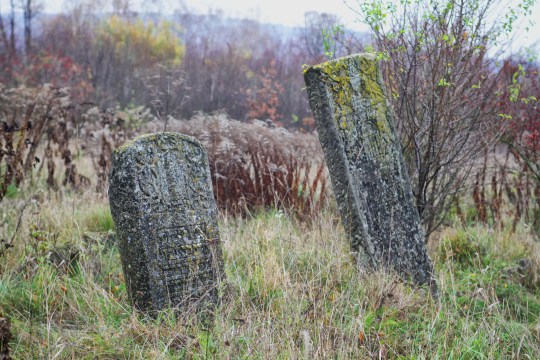


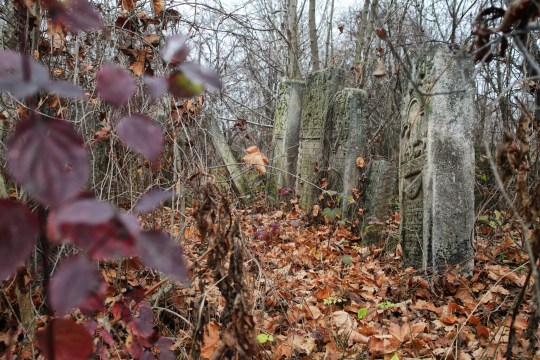
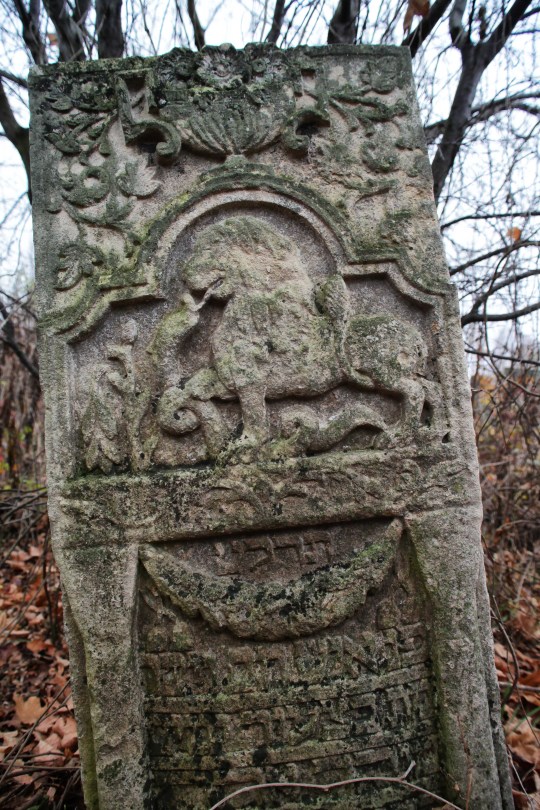

#hava nagila#ukraine history#ukraine#Jewish Cemetery#jewish#sadigura#sadgora#hasidism#israel friedman
6 notes
·
View notes
Text
cas keeps confessing that he loves him but dean can only reply with breaking news 😢
#this era of history is so stupid#i would like to live through slightly less interesting times#my dash is nothing but destiel meme#russia#titanic#stock market#ukraine
5K notes
·
View notes
Text
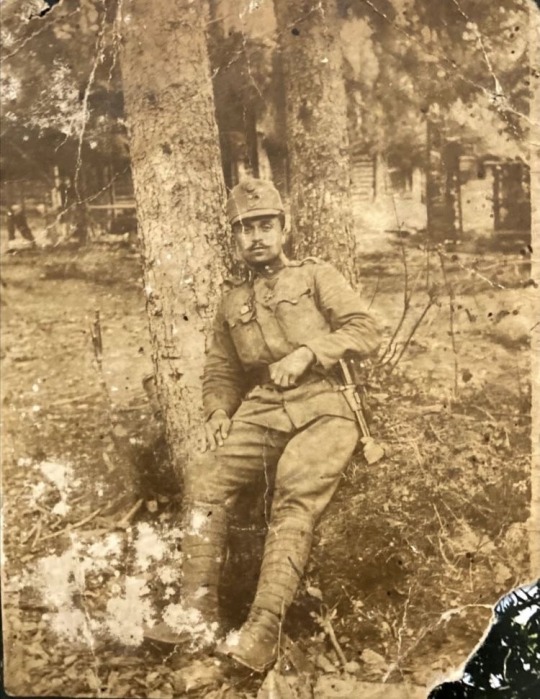

Прапрадід. 1 світова, 1914 рік, австрійська армія. Служив, був поранений.
Grand grandfather. 1 World War, 1914, Austrian army soldier. Served, got wounded.
4 notes
·
View notes
Text
The State Department just published a 51 page report detailing over a century's worth of Russia's exploitation of antisemitism as a tactic to spread disinformation and propaganda
#jumblr#jewish#nesyapost#jews#jewish history#antisemitism#Russian History#Russian antisemitism#Russian jews#soviet jews#history#pdf download#propaganda#Ukraine war#can't wait to dive into this
1K notes
·
View notes